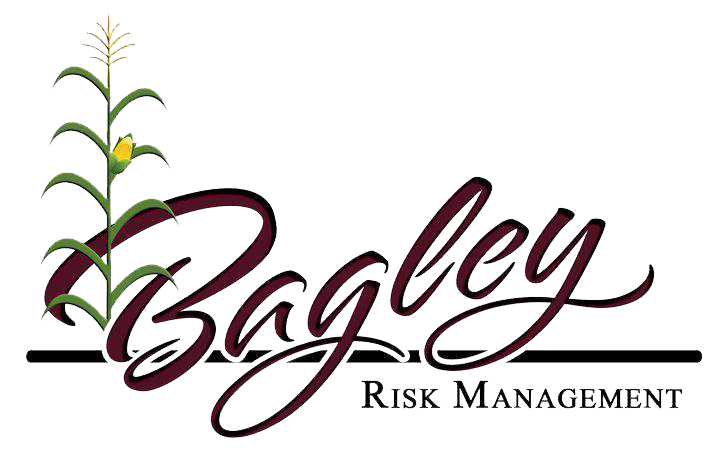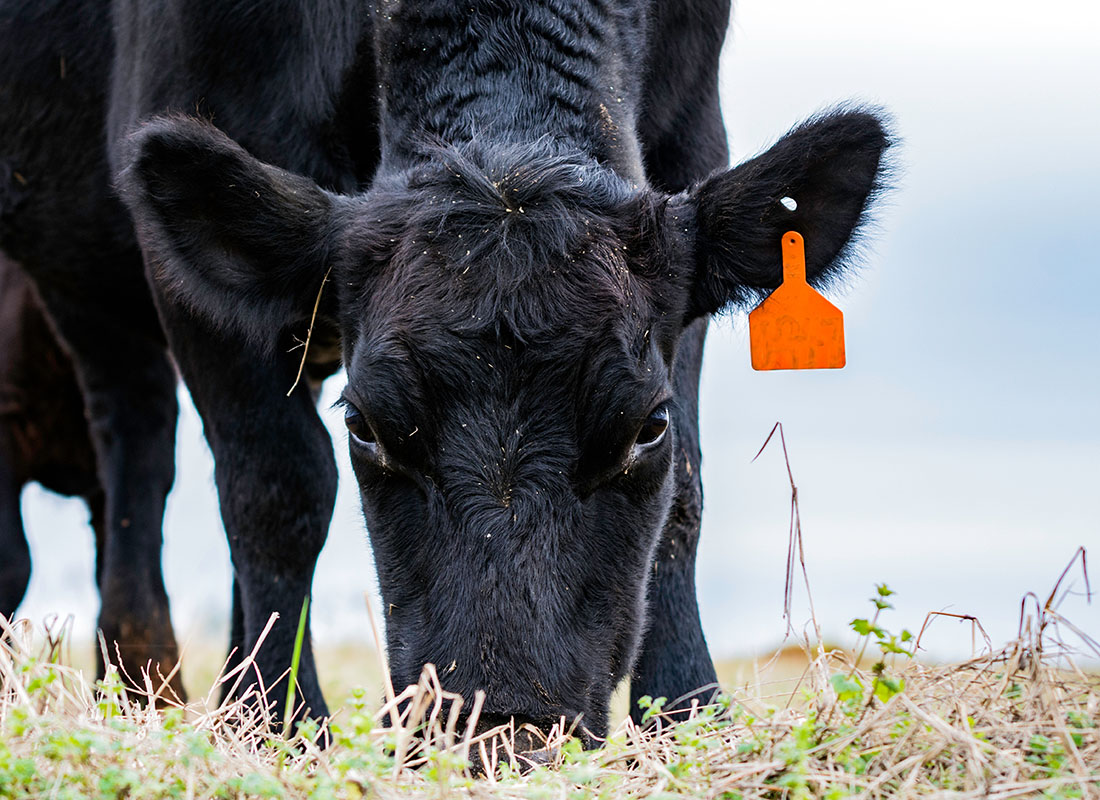Key Aspects to Take Into Consideration When Choosing Livestock Risk Security (LRP) Insurance Coverage
When assessing choices for Animals Threat Protection (LRP) insurance, a number of vital factors require cautious factor to consider to make certain effective danger management in the agricultural field. Picking the appropriate insurance coverage alternatives customized to your specific animals procedure is paramount, as is recognizing exactly how superior prices associate with the degree of defense provided. Furthermore, the qualification criteria for various types of animals and the flexibility of the policy to adjust to transforming circumstances are vital components to evaluate. Furthermore, the efficiency and transparency of the cases process can considerably impact the total experience and monetary outcomes for animals manufacturers. By strategically browsing these vital elements, manufacturers can secure their investments and mitigate prospective risks successfully.
Coverage Options
When thinking about Animals Risk Security (LRP) insurance coverage, it is necessary to comprehend the numerous coverage options offered to minimize risks in the agricultural industry. Animals Threat Defense (LRP) insurance provides different protection alternatives tailored to meet the diverse requirements of animals manufacturers. Bagley Risk Management. One of the primary protection choices is rate coverage, which safeguards versus a decrease in market value. Manufacturers can pick the protection level that lines up with their cost danger monitoring objectives, permitting them to guard their procedures versus possible monetary losses.
One more important coverage alternative is the recommendation period, which determines the size of time the protection is in impact. Producers can pick the recommendation period that ideal fits their production cycle and market problems. Furthermore, coverage degrees and prices vary based upon the sort of animals being guaranteed, giving manufacturers the versatility to customize their insurance policy prepares according to their particular requirements.
Recognizing the different coverage choices available under Animals Danger Protection (LRP) insurance policy is important for producers to make enlightened decisions that effectively protect their animals procedures from market unpredictabilities.
Costs Costs

Livestock Risk Protection (LRP) insurance offers important coverage choices tailored to minimize dangers in the farming sector, with a substantial facet to think about being the computation and structure of premium prices. These consist of the type and number of livestock being guaranteed, the protection level picked, the present market costs, historic rate data, and the length of the insurance coverage period.
Premium costs for LRP insurance are commonly computed based on actuarial data and take the chance of evaluation models. Insurance providers analyze historic data on animals prices and manufacturing costs to establish a proper premium that shows the level of danger involved. It is crucial for livestock producers to carefully examine premium costs and insurance coverage options to guarantee they are appropriately secured against possible financial losses as a result of unfavorable market conditions or unpredicted events. By recognizing how premium prices are determined and structured, producers can make enlightened choices when picking the ideal LRP insurance coverage for their operation.
Qualified Animals
The determination of eligible livestock for Livestock Risk Protection (LRP) insurance coverage involves careful consideration of particular requirements and attributes. Animals kinds that are normally qualified for LRP insurance policy consist of feeder livestock, fed livestock, swine, and lambs. These pets have to satisfy certain certifications connected to weight arrays, age, and planned usage. In addition, the qualification of animals may vary based on the details insurance company and the terms of the policy.
Feeder livestock, for instance, are commonly qualified for LRP protection if they fall within defined weight varieties. Fed livestock might also be qualified, however they must fulfill certain weight and top quality grade demands. Swine eligible for coverage generally include market weight pets meant for massacre. Lambs are one more group of livestock that can be considered for LRP insurance policy, with elements such web as weight and age playing an essential duty in determining their qualification.
Before picking LRP insurance policy for animals, producers need to thoroughly examine the qualification criteria detailed by the insurance policy service provider to guarantee their pets meet the needed needs for coverage.
Plan Adaptability
Policy flexibility in Livestock Danger Defense (LRP) insurance allows producers to tailor protection to match their specific needs and risk administration methods. This versatility encourages animals manufacturers to tailor their insurance policy plans based upon factors such as the sort of livestock they own, market conditions, and individual threat resistance degrees. One vital facet of plan adaptability in LRP insurance is the capacity to choose coverage levels that align with the producer's economic goals and risk direct exposure. Producers can pick insurance coverage levels that protect them versus potential losses as a result of fluctuations in livestock costs, guaranteeing they are adequately guaranteed without overpaying for unneeded protection. Furthermore, LRP insurance offers flexibility in plan period, allowing manufacturers to select protection periods that finest fit their production cycles and marketing timelines. By supplying adjustable choices, LRP insurance policy allows manufacturers to successfully handle their threat exposure while guarding their livestock procedures against unpredicted market volatility.
Claims Refine
Upon experiencing a loss or damage, manufacturers can initiate the claims process for their Animals Threat Protection (LRP) insurance coverage by immediately contacting their insurance coverage copyright. It is crucial for manufacturers to report the loss asap to quicken the claims procedure. When reaching out to the insurance policy service provider, manufacturers will certainly need to supply comprehensive info concerning the case, including the date, nature of the loss, and any type of appropriate paperwork such as veterinary documents or find this market rates.

After the assessment is full, the insurance policy supplier will make a choice concerning the claim and communicate the result to the producer. If the claim is authorized, the manufacturer will receive settlement according to the regards to their Animals Threat Defense (LRP) insurance plan. Bagley Risk Management. It is necessary for producers to be aware of the insurance claims procedure to guarantee a smooth experience in case of a loss

Conclusion
To conclude, when picking Livestock Threat Defense (LRP) insurance policy, it is important to think about insurance my site coverage choices, premium costs, eligible animals, policy versatility, and the insurance claims process. These crucial variables will certainly assist make sure that farmers and breeders are properly protected versus potential dangers and losses connected with their animals procedures. Making a notified decision based upon these considerations can inevitably result in far better monetary safety and assurance for livestock producers.
Animals Danger Security (LRP) insurance offers various protection alternatives customized to meet the varied needs of animals producers.The decision of qualified animals for Animals Risk Protection (LRP) insurance policy coverage entails cautious consideration of details criteria and attributes.Policy flexibility in Livestock Threat Defense (LRP) insurance enables manufacturers to tailor protection to match their details needs and take the chance of management approaches.Upon experiencing a loss or damages, manufacturers can launch the cases process for their Animals Risk Defense (LRP) insurance by without delay calling their insurance policy copyright.In verdict, when selecting Livestock Risk Security (LRP) insurance, it is necessary to consider protection choices, premium prices, qualified animals, plan flexibility, and the insurance claims procedure.